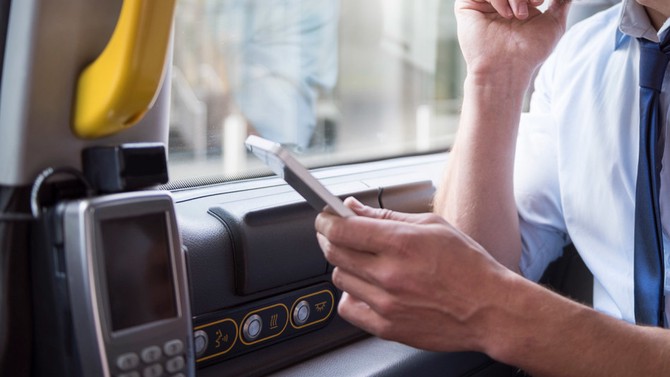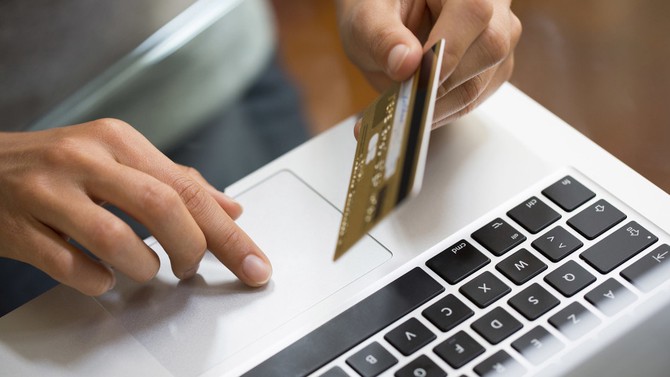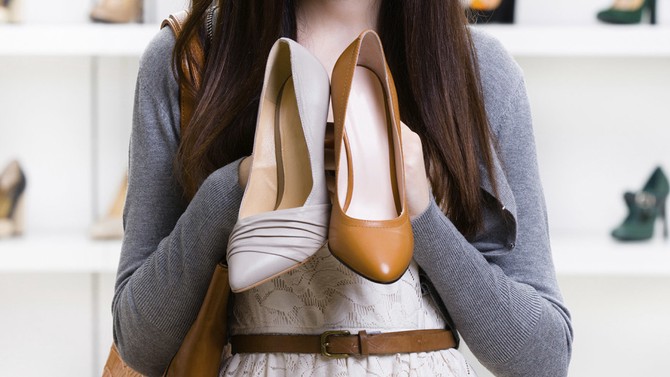3 Weird Ways Technology Makes Us Overspend
The unexpected things that influence our behavior—and our budgets.
By Lynn Andriani

Photo: Thinkstock/gpointstudio
It's gotten us to tip more.
We already know that swiping a credit card makes it easier to spend more money than we would paying with cash. And now, with more bells and whistles accompanying card payments (such as emailed receipts), this method is influencing how we tip. As this article reports, the base gratuity for taxis used to be 8 percent; now, thanks to new apps that suggest higher amounts, it's 15 to 25. From coffee shops to salons, there's social pressure to be generous, which can be great—provided you feel the service is worth it.

Photo: Thinkstock/LDProd
It knows what happens when we're confronted with TMI.
You may have noticed more sites are making you click to see product information about, say, a shoe's suede upper and man-made lining and sole. This analysis explains one possible reason why; it found that when an online store hid the detailed information about a product, the percentage of visitors who added the product to their cart was significantly higher. That may be because seeing all of that additional information automatically triggers a "rational process" in us, sending any hope the retailer had of an impulse buy out the window.

Photo: Thinkstock/agencyby
"Limited time offers" are not, er, limited to the world of infomercials.
Pleas to "Act now!" and not wait may sound like they're from another era, but they still work. They've just been retooled slightly ("Only a few left in your size!", "Only two seats left at this price"). The thinking behind the offers is still the same: Create a sense of scarcity and urgency, and customers will buy. So before you start typing in your credit-card number, ask yourself whether it's minor panic that's driving you to click "Buy"—or if you really want the item.
Published 09/30/2015

